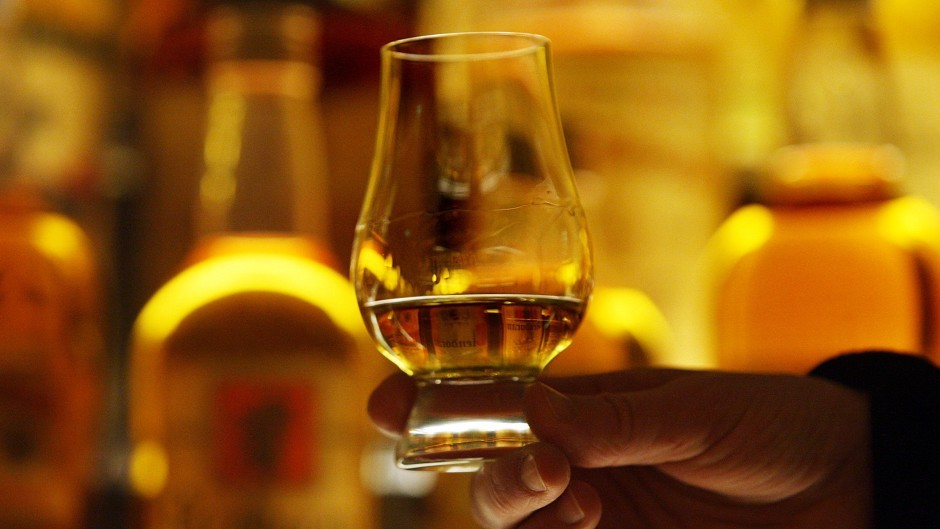Scotch whisky’s rivals will enjoy boom times between 2015 and 2020, with growth of nearly 5% per year, according to a new study.
International Wine and Spirits Research’s latest report into whisky/whiskey made outside Scotland shows the segment is poised to grow sales by 4.7% a year to 363.4million cases by 2020.
The Global Non-Scotch Whiskies Insights Report says nearly three-quarters of growth will come from India, where the market is dominated by domestic products, while US and Irish distilleries are also expected to thrive.
US whiskey sales are forecast to jump 4.4% a year through 2020, boosted by “a new wave of product innovation”.
Irish whiskey managed annual increases of 10.5% in the six years to 2014 to become the fastest growing spirits category, and its growth is expected to continue.
The report says the main challenge for US and Irish companies is to produce enough whiskey to cope with demand.
Global sales of whisky produced in Scotland have been clawing their way back towards growth.
The value of international Scotch sales fell 7% in 2014 as political volatility in key markets took its toll but, despite the drop, Scotch was still the country’s top export that year – bringing in £3.95billion.
And the decline is slowing. The 3% dip in the value of exports in the first six months of 2015 was an improvement on the 11% year-on-year drop recorded in the first half of 2014.
Single malt exports, meanwhile, were up 5% to £406million in the first half of last year.
Scotch sales increased 2% in the UK last year, a market which has been weak for two decades in the face of high levels of taxation.
Trade body the Scotch Whisky Association (SWA) insisted yesterday the future was bright for Scotland’s distilleries.
The non-Scotch segment may kick-start people’s interest in a dram but those same enthusiasts will eventually make the progression on to Scotch, thanks to its “unmatched” quality, SWA added.
SWA chief executive David Frost said: “The outlook for Scotch is strong. The Scotch whisky industry has a depth, variety and quality of product that inevitably draws consumers to Scotch, even if they begin their whisky journey with another category.
“Scotch remains the world’s leading high-quality spirit drink, with exports of £4billion annually. For the first time in 20 years the UK market also increased in 2015.
“As well as developing emerging markets such as India and Columbia, SWA will continue to press the case for fairer taxation of Scotch whisky in the UK so we can continue to grow markets at home and abroad.”
